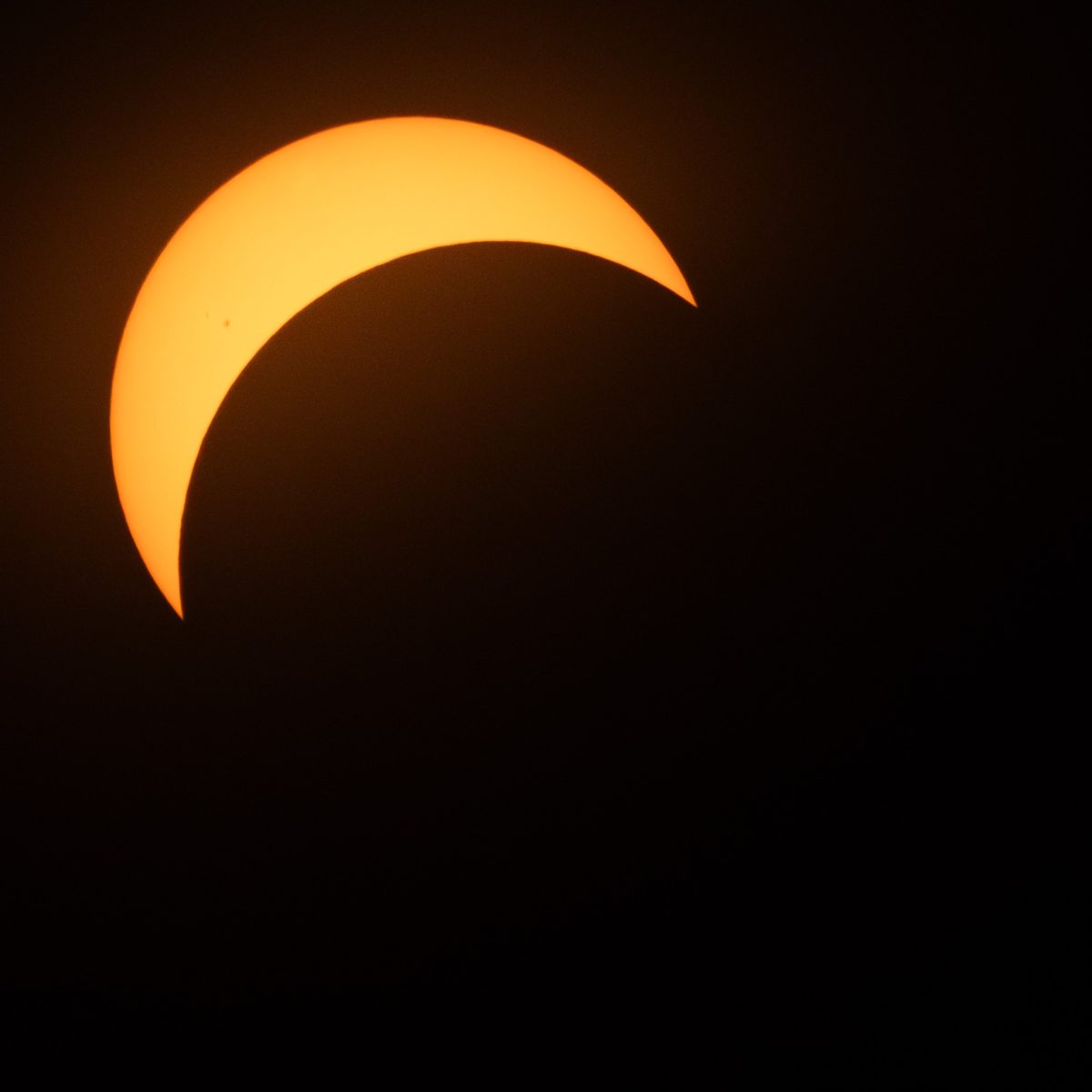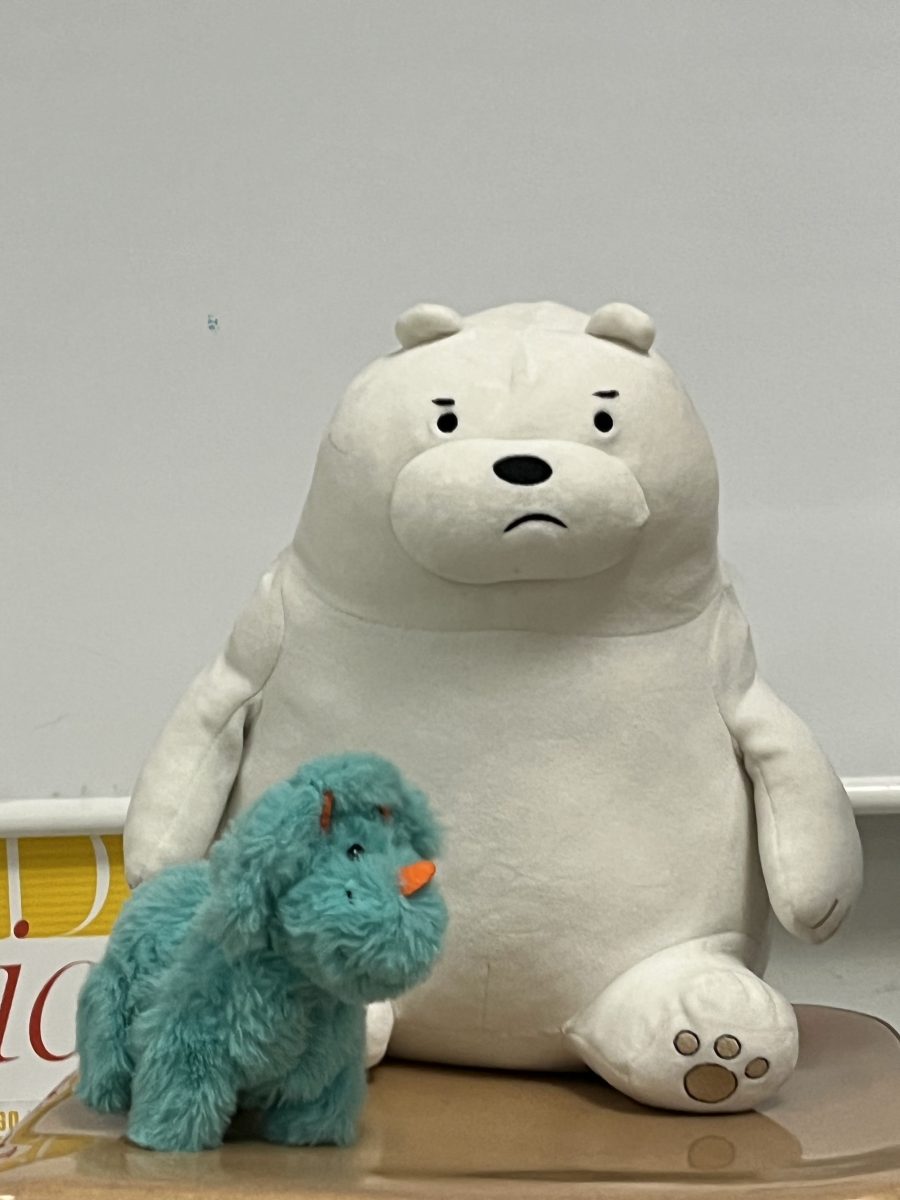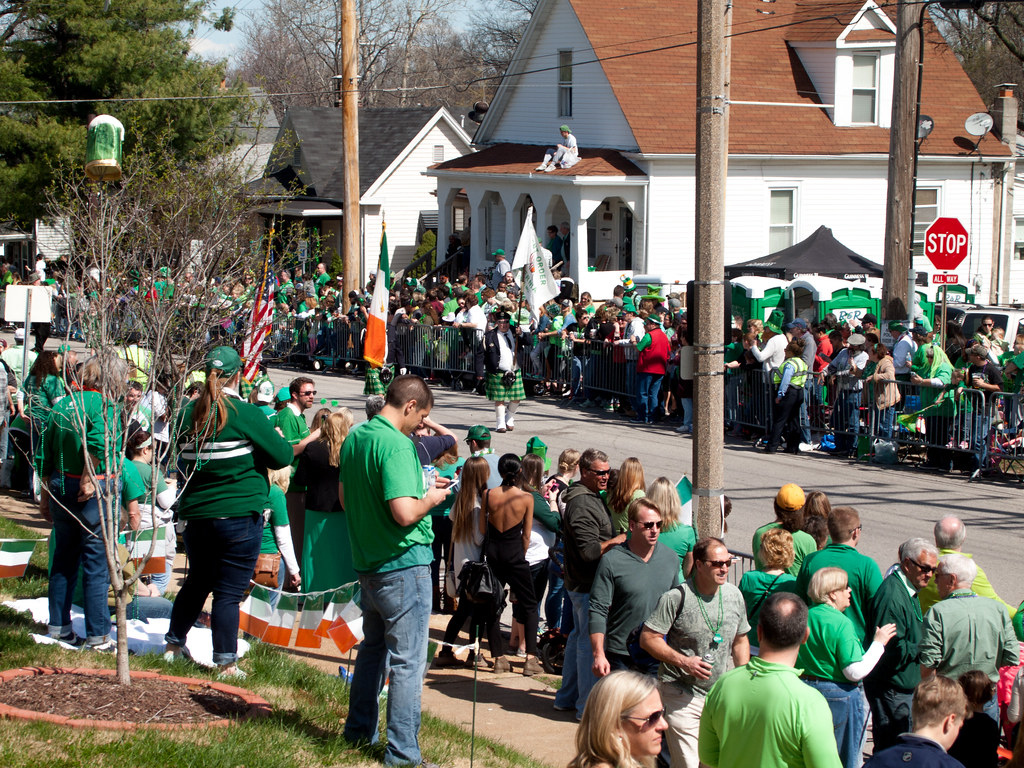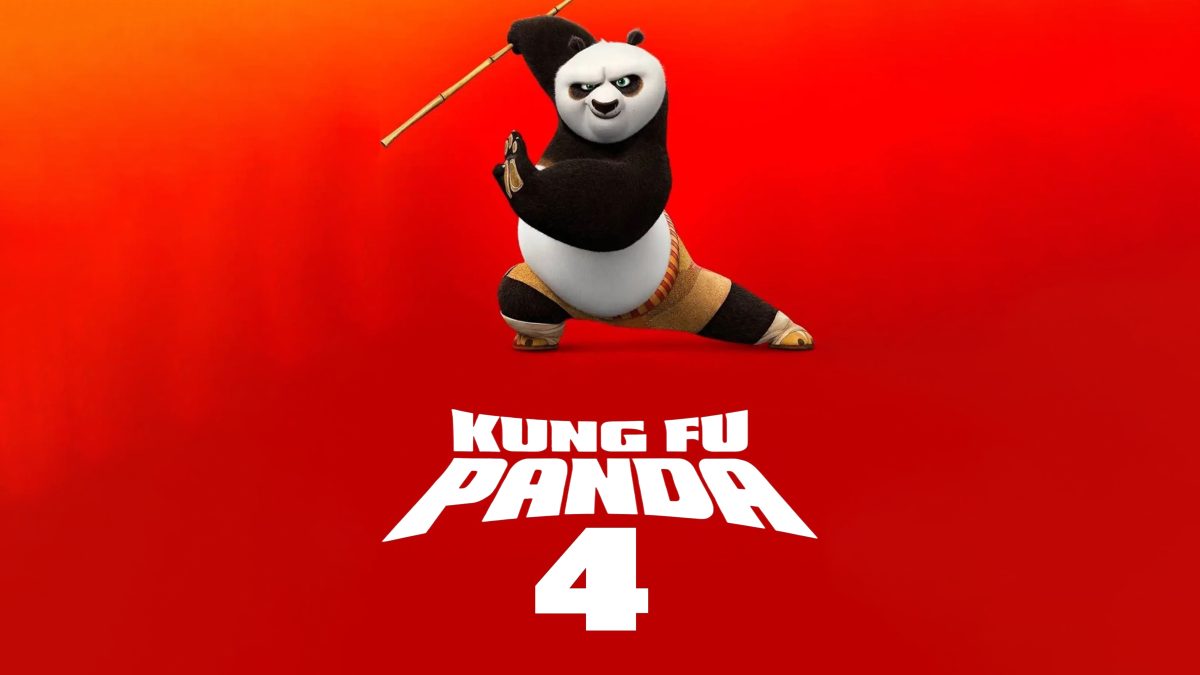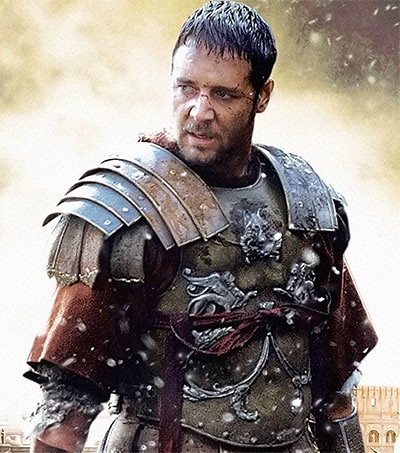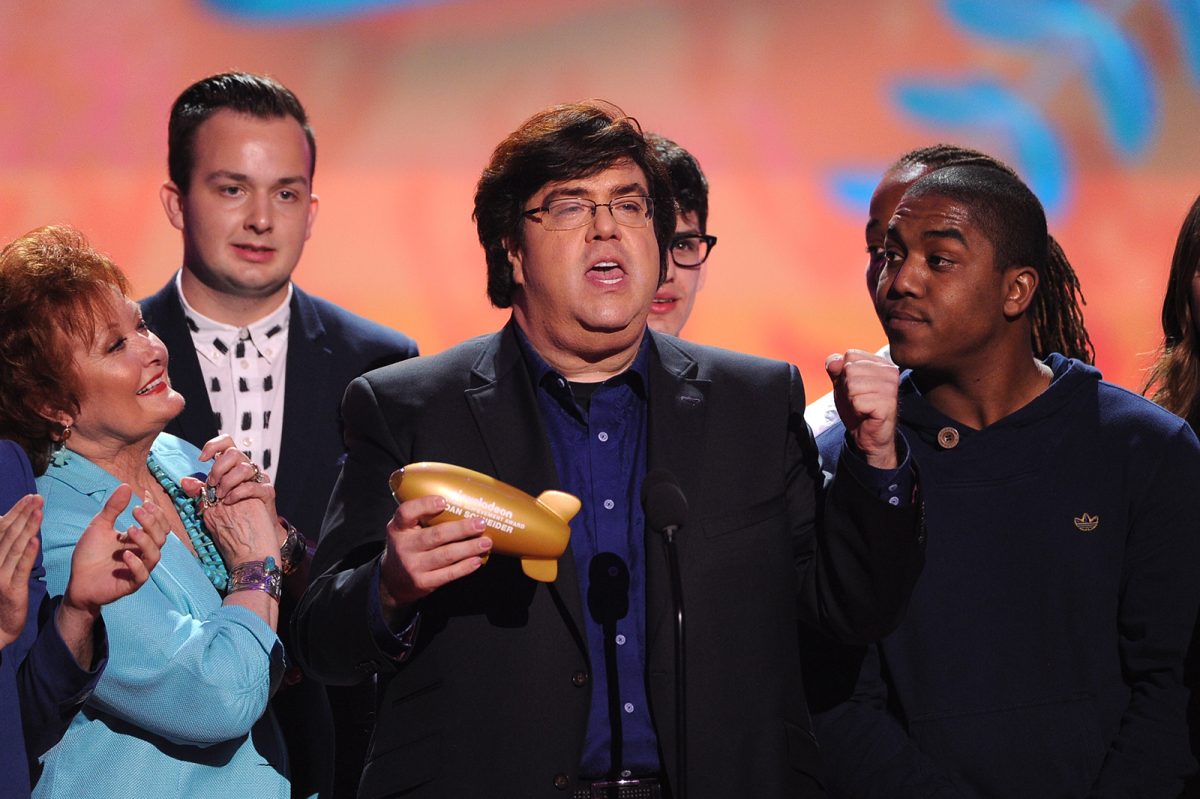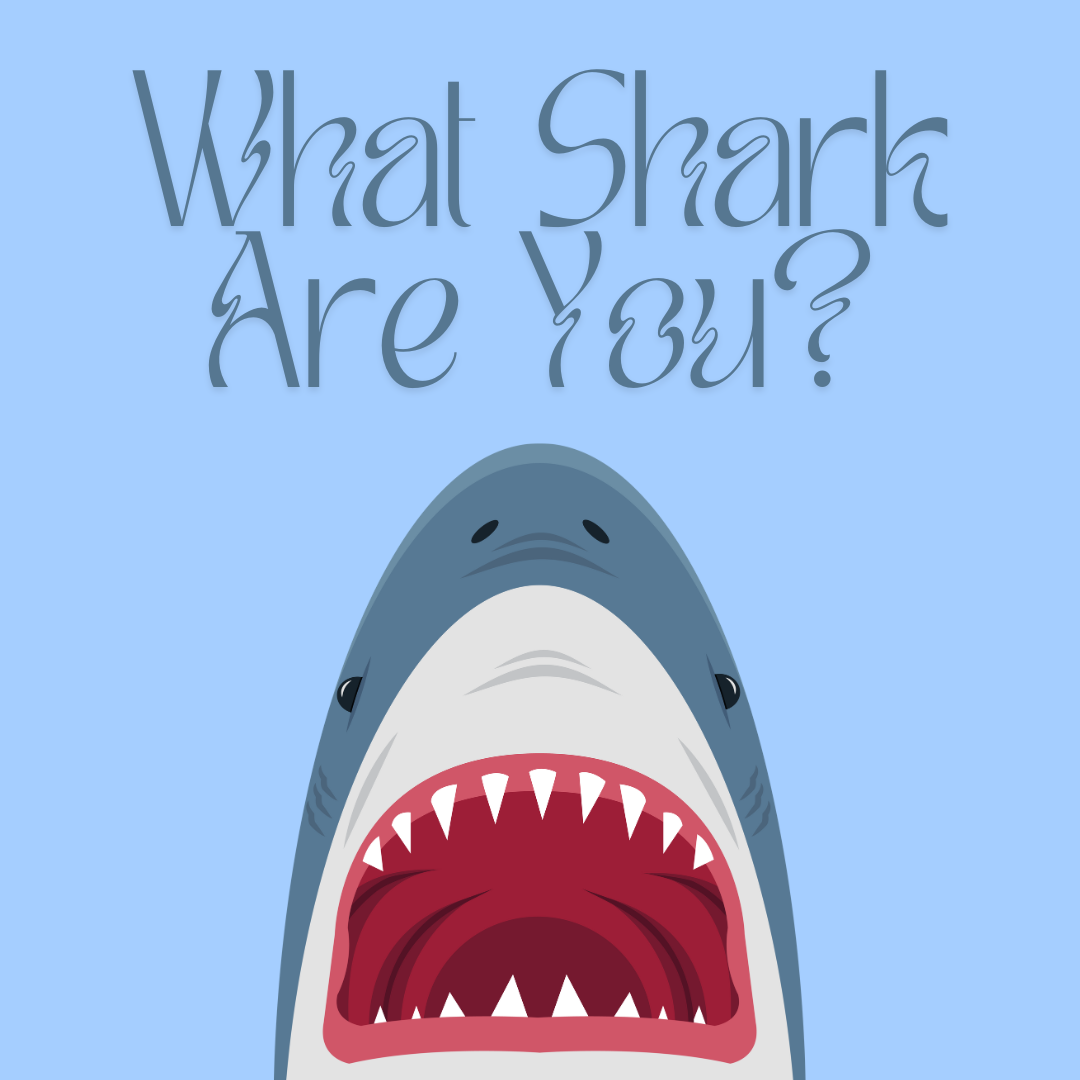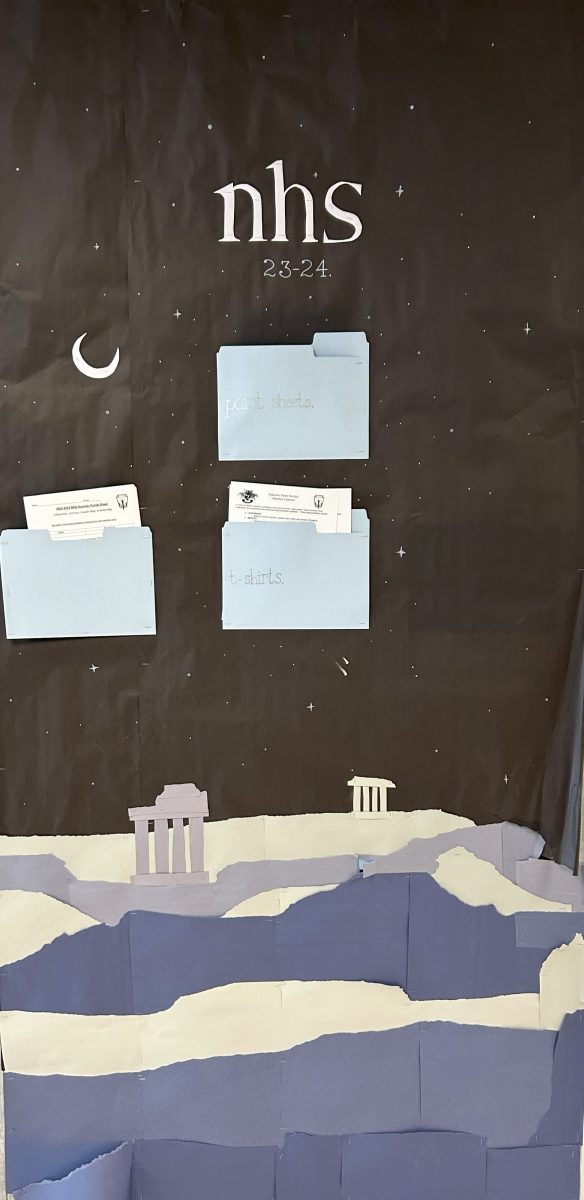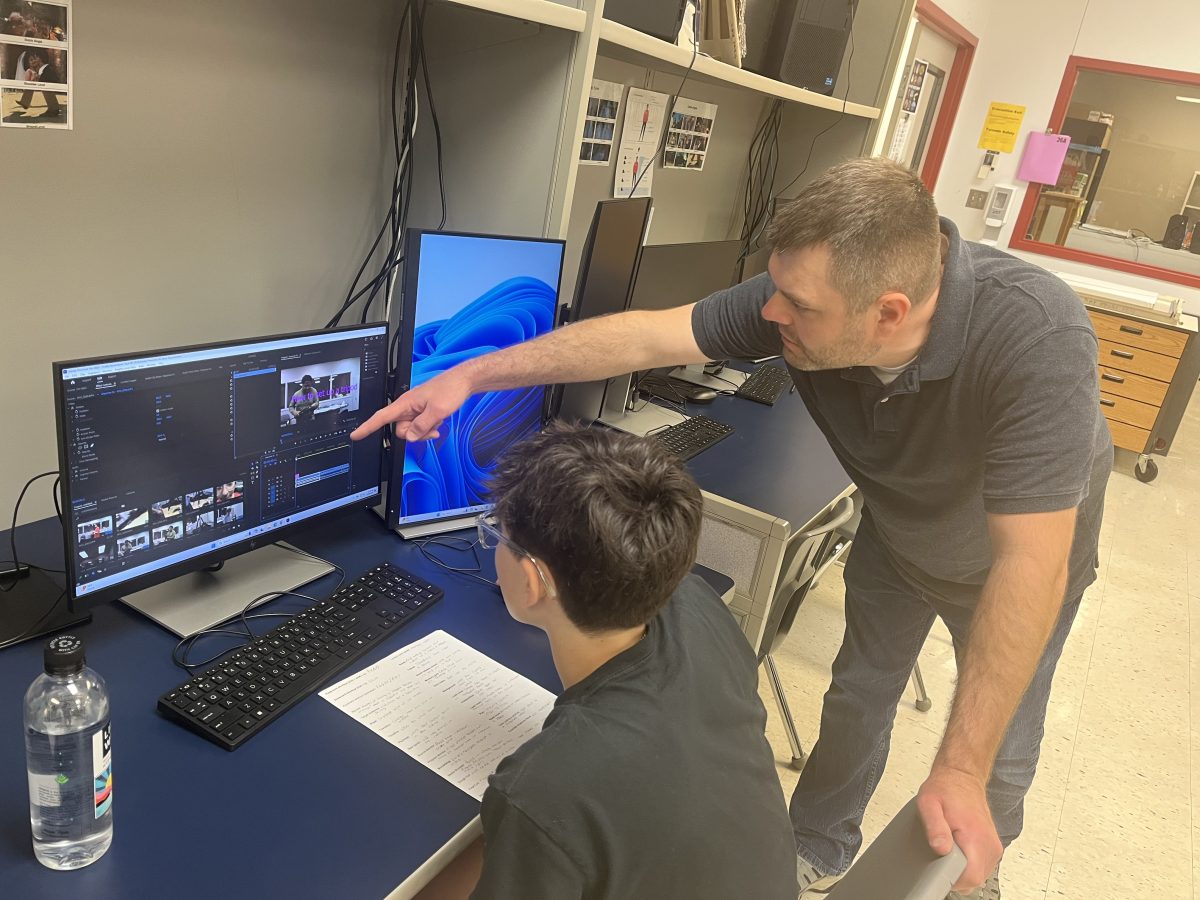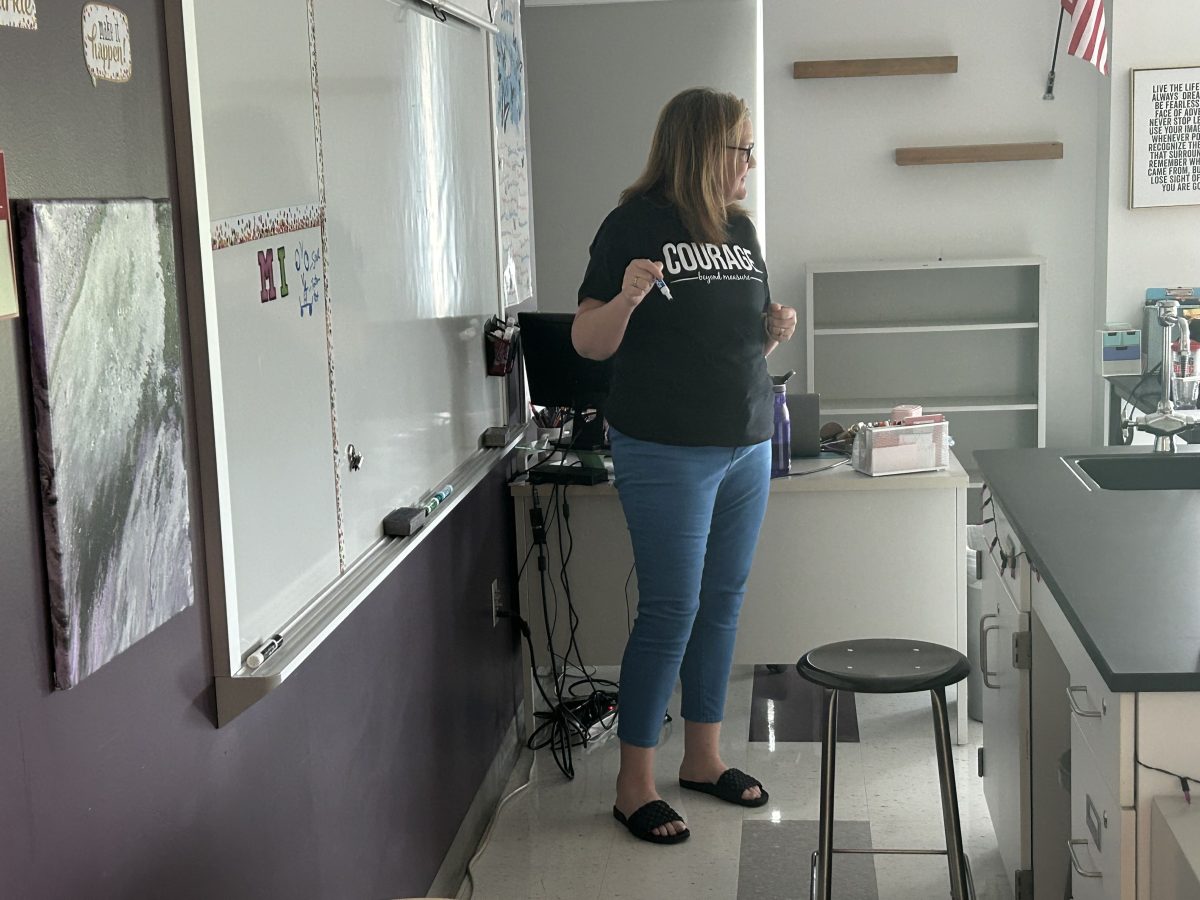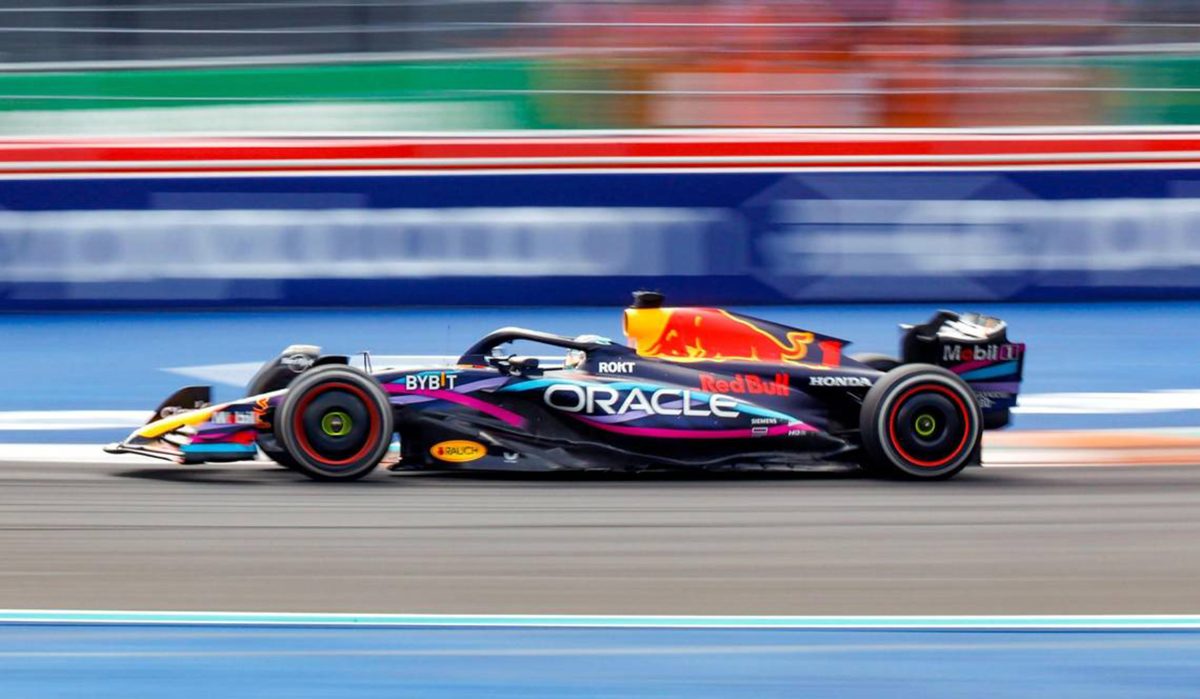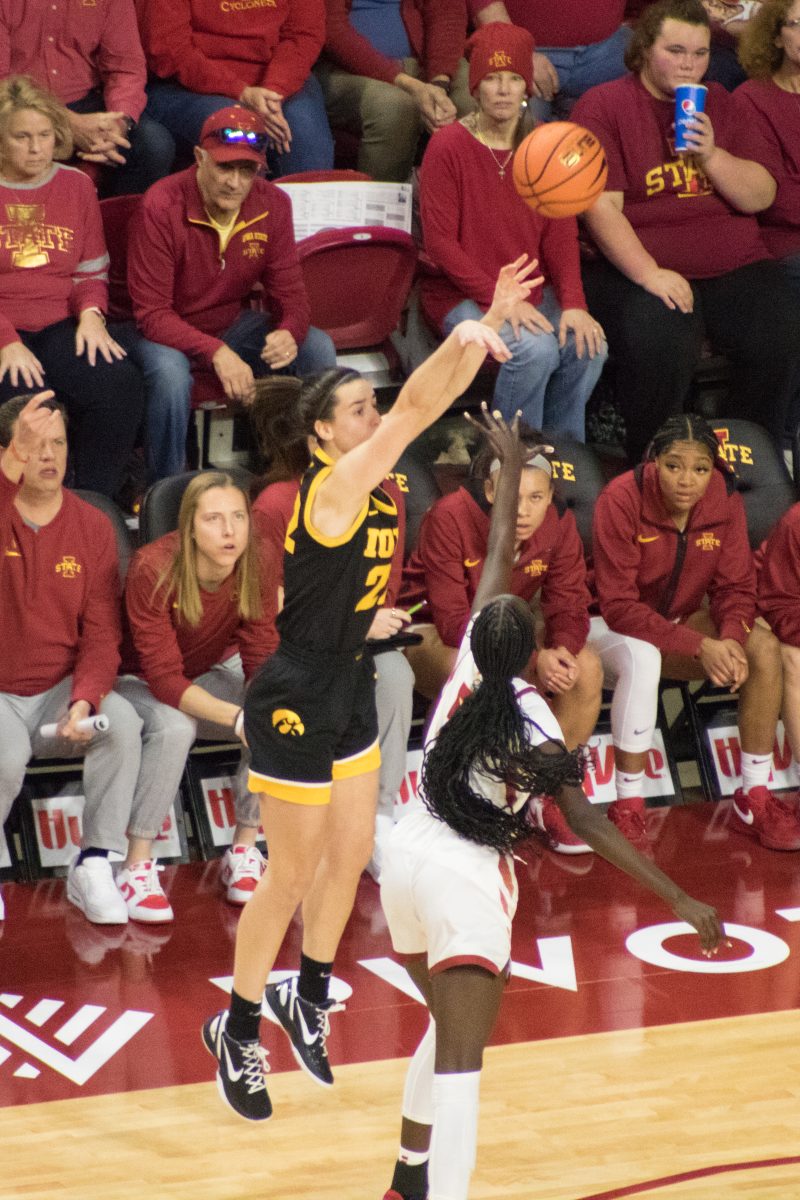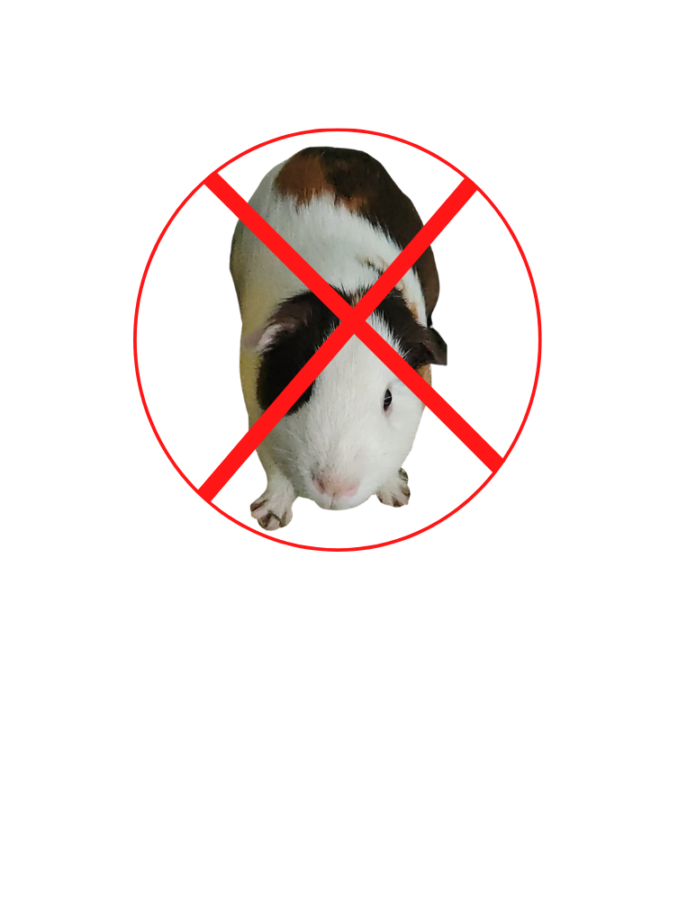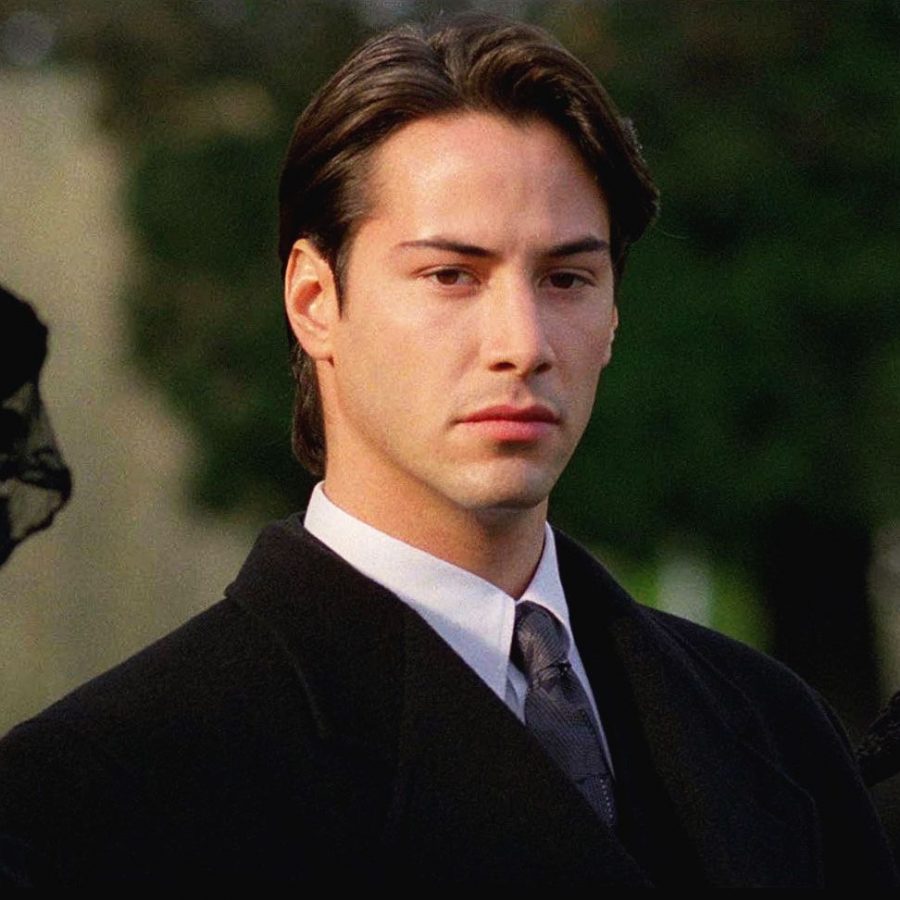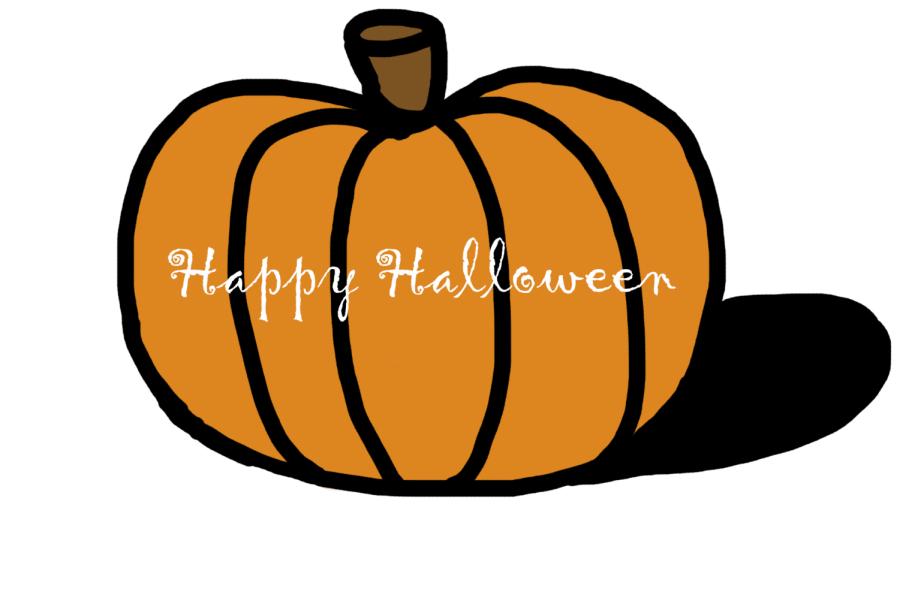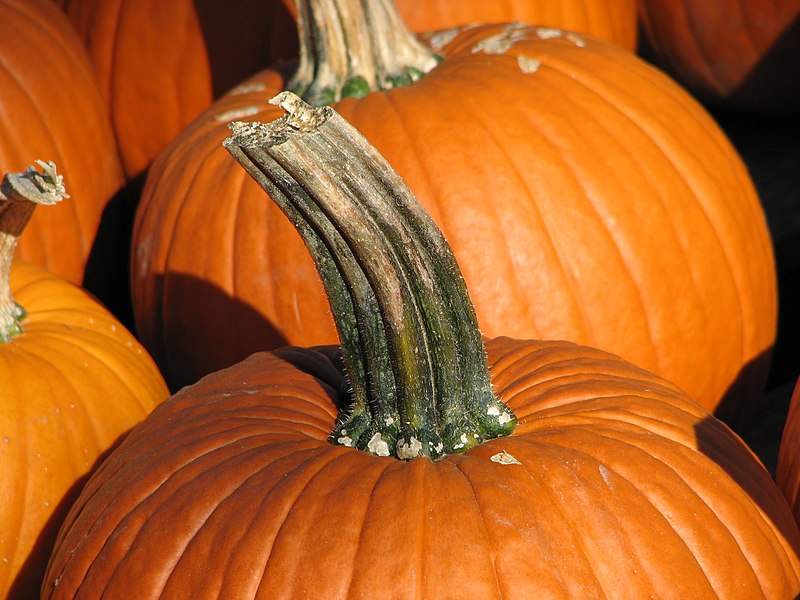Ancient to Modern
The history of Halloween
A shot of a pumpkin, focused on its stem
Halloween is a holiday with a colorful history going back to the ancient holiday of Samhain. Over time, traditions associated with Samhain have been incorporated into the modern-day Halloween culture, such as pumpkin carving, wearing costumes and trick or treating.
The ancient Celtic festival of Samhain, which marked the end of the harvest season and the coming of winter, is the first trace of what would eventually become modern Halloween. The Celts believed that during this time, the line between the living and dead worlds was the weakest, so the dead could travel back to the living world. The spirits of loved ones were expected and welcomed, but there was also a possibility of a spirit of a person one might have wronged showing up. To deceive spirits, Celts would cover their faces with ash or masks, according to worldhistory.org.
“They were disguising themselves from the dead, trying to look like them, and that is exactly what costumes are today, disguises,” U.S. history teacher Elizabeth Noonan said.
Pope Boniface IV set May 13 for All Saints Day (All Hallows’ Day), a day to honor Christian martyrs. Then during the 8th century, Pope Gregory III moved the date to Nov. 1. Some scholars claim this was done to Christianize Samhain by turning it into All Hallows’ Eve.
“In my opinion, the Christians took the Pagan holiday and made it their own, something they did a lot back in the day,” Noonan said.
All Hallows’ Eve became a night of vigil, prayer and fasting in preparation for the next day when the saints were honored at a far-tamer celebration. Although some practices were still around, such as bonfires being lit and the turning of the seasons, they were still observed, only now to honor Christian heroes, according to worldhistory.org.
“Typically, when cultures collide, traditions get blended,” history teacher John Cunningham said. “Seemingly, this could explain the beginning of the change of Samhain and All Hallow’s Eve until the modern Halloween emerged.”
The origin of trick or treating can be traced back to Guy Fawkes Day, a holiday celebrating the capture of Guy Fawkes after his failed assassination of protestant King James I of Britain. Guy Fawkes Day was celebrated on Nov. 5. On this holiday, people drank, feasted and lit off fireworks while also vandalizing Catholic homes and businesses and burning the effigies of the pope. During the celebration, children and the poor would go door to door, often wearing masks begging for money or treats, and threatening to vandalize the house if they refused, while pushing an effigy of Guy Fawkes in a wheelbarrow, according to worldhistory.org.
“I think people were originally trying to find ways to entertain kids but also celebrate this holiday,” Noonan said. “Once candy got involved though—I believe in the 1920s—companies found a way to market [and] make money off of this holiday.”
When the British came to North America they brought these traditions with them, which were celebrated until the American Revolution. Samhain would find its way to the United States after the displacement of the Irish in 1845-1849 during the potato famine. Although Guy Fawkes Day was no longer celebrated, some of the traditions still continued through October holidays, especially vandalism; only this time, vandalism became indiscriminate and anyone’s house could be vandalized around Oct. 31, according to worldhistory.org.
”Pranking got particularly bad during WWI or WWII, I can’t remember which, when many dads were off at war,” Cunningham said. “People started to give candy and treats to stop the mischief. I think candy bars or maybe even the fun size candy bars were partly developed/came about for this purpose.”
One woman in the town of Hiawatha, Kan., Elizabeth Krebs, grew tired of her town being vandalized every year, so in 1914 she organized a huge party for young people. She hoped the party would tire them out enough, so they would have no energy for vandalism. Krebs hired a band, held a costume contest and put on a parade; her plan worked as kids had less energy after the party to vandalize anything. News of the success traveled outside of Kansas, and soon, Halloween parties became a staple of the holiday, according to worldhistory.org.
“I would say that she helped contribute, but like many current holidays, we have taken traditions and ideas from several people and have made them our own,” Noonan said. “So I would say Halloween today in our country, just like a lot of things, is a combination of a number of historical traditions and people.”

